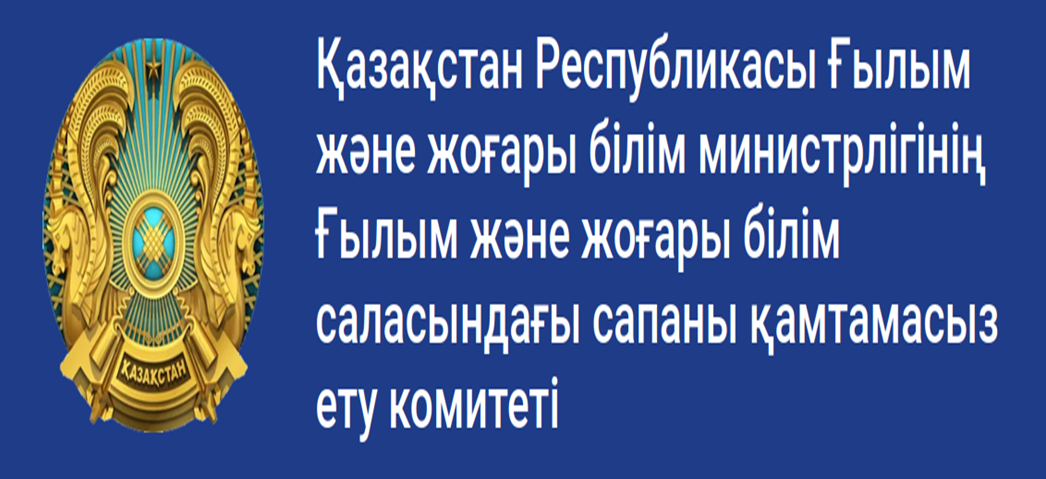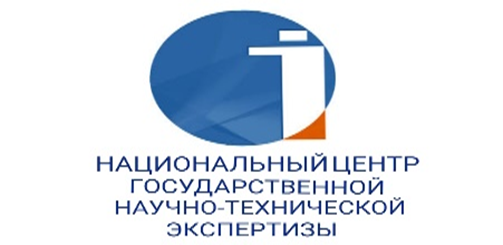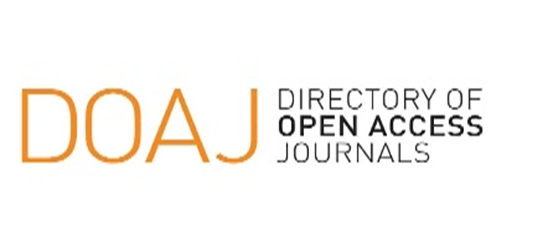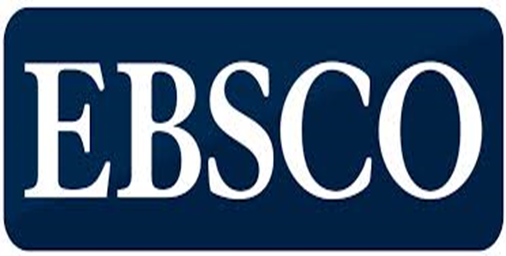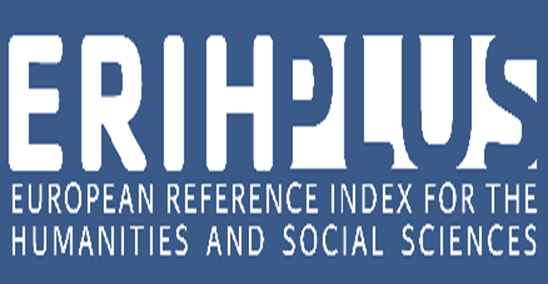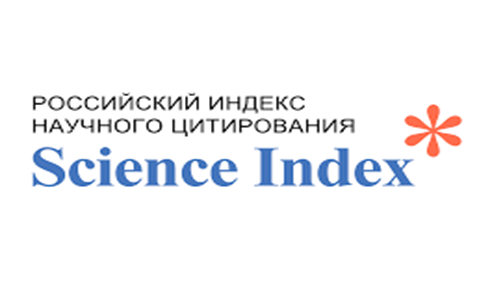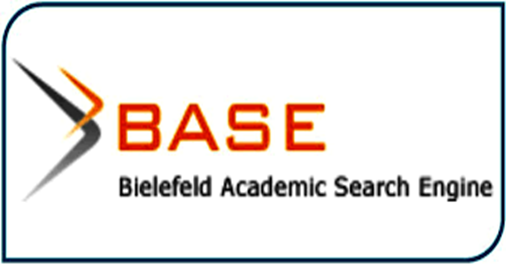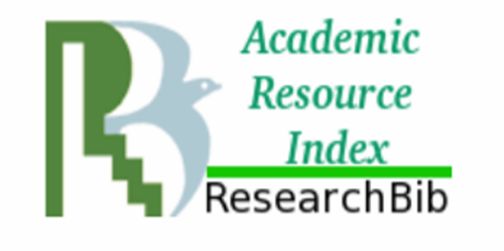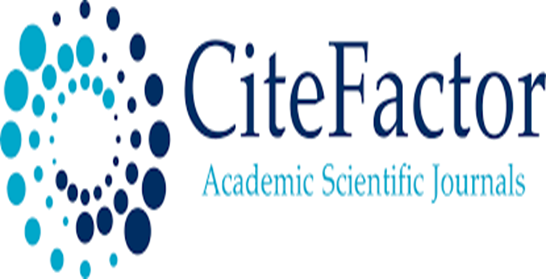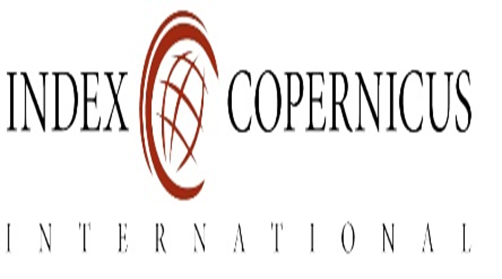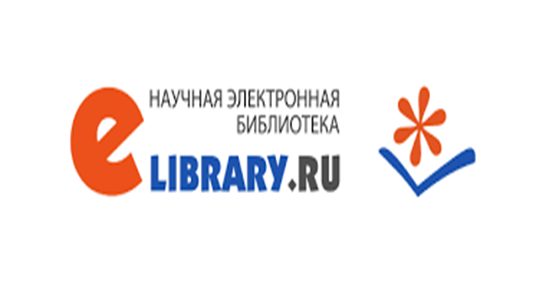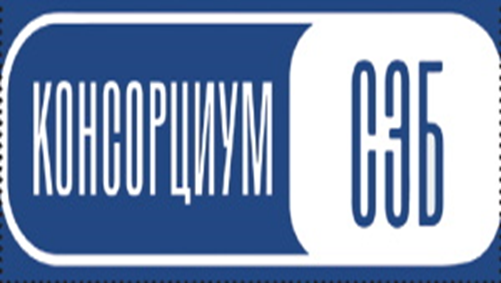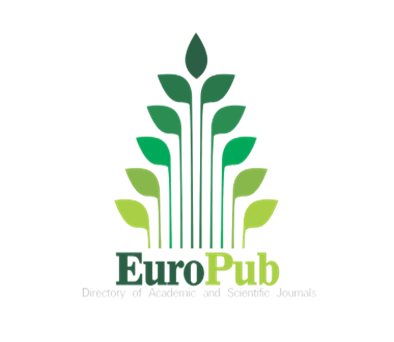Petroglyphs and tamgas of the Eurasian area as archetypes of Turkic culture and script
Views: 295 / PDF downloads: 268
DOI:
https://doi.org/10.32523/2664-5157-2023-4-35-51Keywords:
Eurasian area, petroglyphs, tamgas, archetypes, Turkic culture and script, semantic connection, picture of the world of the ancients, spirituality.Abstract
The paper is devoted to the problems of the origin and connection of the Turkic culture
and script with the most ancient petroglyphs, tamgas, and logograms. Researchers believe that since
the Paleolithic era, petroglyphs, tamgas, signs have been widely spread on a vast territory of Eurasian
area. In this context, the authors studied and systematized plot drawings, and signs-symbols of
Kazakhstan, Mongolia, Kyrgyzstan, Uzbekistan, Azerbaijan, Turkey, Russia (Tyva, Khakassia, Gorny
Altai, Transbaikalia).
The article hypothesizes that the oldest signs could be the basis for the formation of the Turkic script,
and revealing their historical, cultural and semantic connection, classify archetypes into cruciform
( signs and their letter designations by consonants «d» and «z»), religious-cult, temporalcosmological, anthropomorphic, and the signs prototypes of the Turkic nomadic culture (arba,
weapons, wildlife).
Semantic analysis of archetypes is important for the identification of ancient man’s perceptions about
the world around him. The archetypes of nomadic culture reveal the way of life and the worldview of
ancient people.
The paper asserts that the process of historical development of Turkic culture and script for
thousands of years, starting from its origins, can be considered as an autochthonous phenomenon of
the Turkic civilization.
Downloads
Reference
Аманжолов А.С., 1978. К генезису тюркских рун // Вопросы языкознания. №2. C. 76-87.
Грач А.Д., 1957. Петроглифы Тувы, 1 (проблема датировки и интерпретации, этнографические традиции) // Сб. МАЭ. М.- Л.: Вып. ХVII. С. 89-146.
Гуревич Л.Л., 1989. О круглых городах древних иранцев // Зоны и этапы урбанизации. Тез. докл. рег. конференции. Ташкент: Фан. С. 48-49.
Дэвлет М.А., 2006. Древние жилища народов Северной и Центральной Азии (по материалам петроглифов) // Миропонимание древних и традиционных обществ Евразии. Памяти В.Н.Чернецова. М.: ТАУС. С. 212-238.
Дэвлэт М.А., 1982. Петроглифы на кочевой тропе. М.: Наука. 127 с.
Жолдасбеков М., Сартқожаұлы Қ., 2006. Орхон ескерткіштерінің толық атласы. Астана: Күлтегін. 359 б.
Зайберт В.Ф., 2009. Ботайская культура. Алматы: ҚазАқпарат, 2009. 576 c.
Кадырбаев М.К., Марьяшев А.Н., 1977. Наскальные изображения хребта Каратау. Алма-Ата: Изд-во АН КазССР. 230 с.
Кляшторный С.Г., 1987. Древнетюркская цивилизация: диахронические связи и синхронические аспекты // Советская тюркология. №3. С. 58-62.
Кубарев В.Д., 2003. Наскальное искусство Алтая. Горно-Алтайск: АКИН. 124 с.
Кубарев В.Д., Цэвээндорж Д., 1996. Раннесредневековые петроглифы Монгольского Алтая // Памятники культуры древних тюрок в Южной Сибири и Центральной Азии. Новосибирск: Изд-во НГУ. С. 157-169.
Кузык Б.Н., Яковец Ю.В., 2006. Теория и история цивилизаций. Т1. Цивилизации: теория, история, диалог, будущее. Т 2. М.: Ин-т экономических стратегий. 765 с.
Леруа-Гуран А., 1971. Религия доистории // Первобытное искусство. Новосибирск. С. 81-90.
Маргулан А.Х. 1979. Бегазы-Дандыбаевская культура Центрального Казахстана. Алма-Ата: Наука. 360 с.
Молдабай Т. 2021. Жазба мәтіндер негізінде көне ұйғыр әліпбиінің қолданылуындағы еркешеліктер // Turkic Studies Journal. №4. Б. 44-52.
Новогродова Э.А., 1984. Мир петроглифов Монголии. М.: Наука. 168 с.
Пансат Ж.М., Мамаева Г.Б., Алкая Е., 2023. «Көк Тәңірі», «көк бөрі», «көк түрік» сөздерінің мифолингвистикалық сипаты // Turkic Studies Journal, 2023. №3. Б. 146-160.
Самашов З., Базылхан Н., Самашов С., 2010. Көне түрік таңбалары. Астана: АО «АБДИ Компани». 168 б.
Шаймердинова Н.Г., 2014. Древнетюркская картина мира в текстах письменных памятников. Учебное пособие. Астана: ЕНУ. 307 с.
Шаймердинова Н.Г., Каиржанов А.К., Ярыгин С.А., Молдабай Т., 2017. Происхождение и функционирование рунической письменности. Астана: Alau Group & Co. 145 с.
Dalkesen N., 2015. Orta asya’dan anadolu’ya türk kültüründe geyik kültü // Millî Folklor. Sayı 106. S. 61-69.
Jacobson E., 1996. The Deer Goddess of Ancient Siberia: A Study in the Ecology of Belief (Review by: Fujikawa Shigehiko) // Asian Folklore Studies. Vol. 55. No. 2. P. 374-377.
Kolot B., 2020. Türk Kültür Tarihinde Boğa-Öküz // Avrasya Uluslararası Araştırmalar Dergisi. Sayı 8 (22). S. 435-437.
Richard P.K., 2013. The Symbolical Language of Ancient Art and Mythology. New York: Hard Press Publishing. 453 p.






